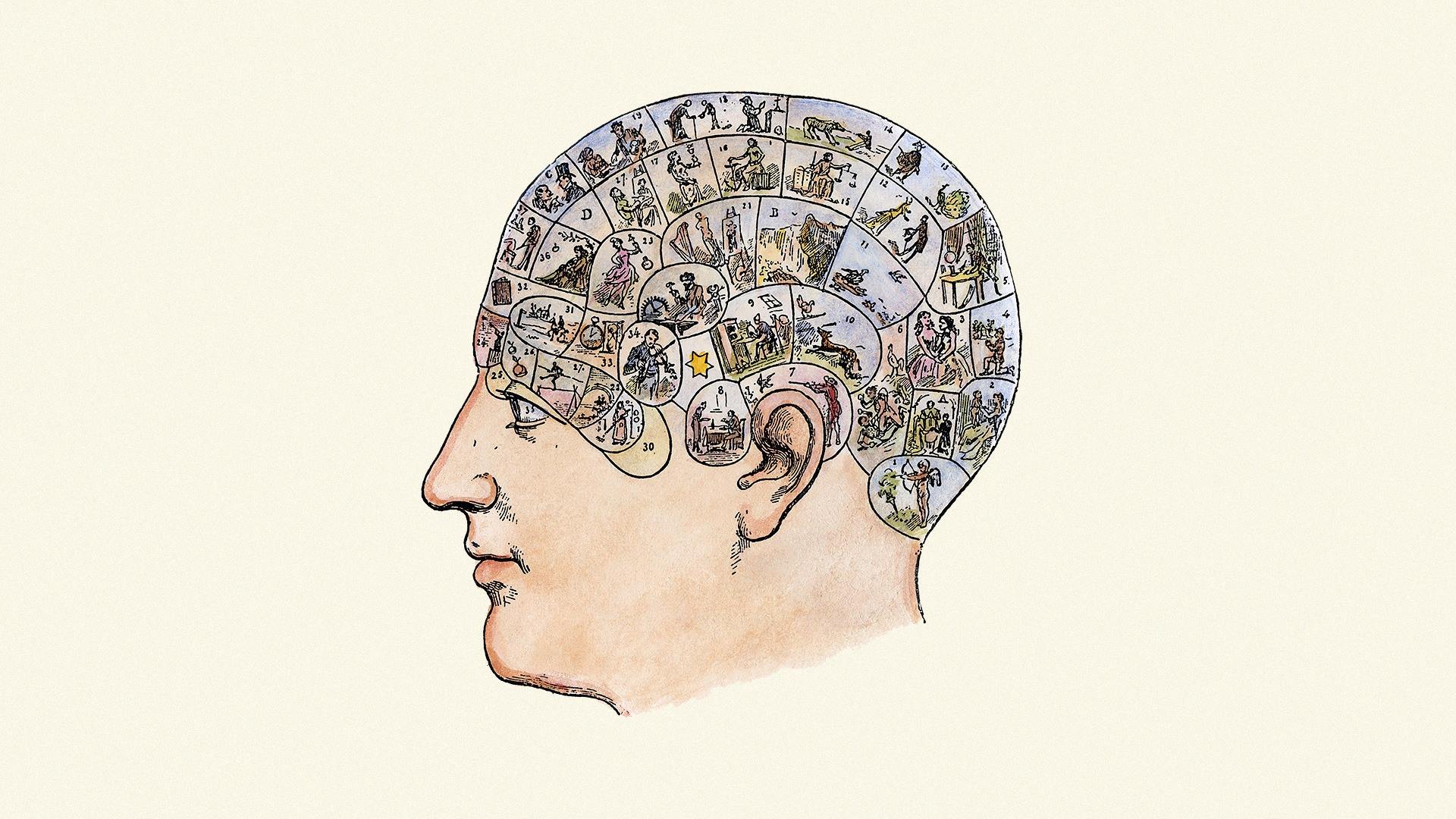
Neuromyths are misconceptions about brain function that often spread through popular culture and even educational systems. These myths can influence how people think about learning, intelligence, and mental health. Have you ever heard that people only use 10% of their brains? Or that some individuals are "left-brained" or "right-brained"? These are classic examples of neuromyths. Why do these myths persist, and what impact do they have on education and personal development? In this post, we’ll explore 22 intriguing facts about neuromyths, debunking common misconceptions and shedding light on the fascinating truths about our brains. Get ready to challenge what you think you know!
What Are Neuromyths?
Neuromyths are misconceptions about brain function and learning. These myths often arise from misunderstandings or oversimplifications of scientific research. Let's explore some common neuromyths and the truths behind them.
Common Neuromyths
Understanding these myths can help improve teaching methods and learning experiences.
-
We Only Use 10% of Our Brain
This myth suggests that 90% of our brain remains untapped. In reality, brain imaging shows that nearly all parts of the brain have some function, even when we're resting. -
Left-Brained vs. Right-Brained People
People often believe that being left-brained makes you logical and right-brained makes you creative. However, both hemispheres work together, and no one is strictly one or the other. -
Listening to Classical Music Makes You Smarter
Known as the "Mozart Effect," this myth claims that listening to classical music boosts intelligence. While it can improve mood and focus, it doesn't make you smarter. -
Brain Games Improve Overall Intelligence
Brain games can improve specific skills but don't necessarily boost overall intelligence. They make you better at the games themselves, not at unrelated tasks. -
Alcohol Kills Brain Cells
Moderate alcohol consumption doesn't kill brain cells. It can impair brain function temporarily, but the cells themselves remain intact.
Neuromyths in Education
These myths often influence teaching methods and educational policies.
-
Learning Styles
The idea that people learn better when taught in their preferred style (visual, auditory, kinesthetic) lacks scientific support. Effective teaching involves using multiple methods. -
Critical Periods for Learning
While early childhood is crucial for development, learning can occur at any age. The brain remains plastic and capable of forming new connections throughout life. -
Sugar Makes Kids Hyperactive
Studies show no direct link between sugar consumption and hyperactivity in children. Other factors like environment and expectations play a more significant role. -
Multitasking Improves Efficiency
Multitasking often reduces efficiency and performance. The brain works best when focusing on one task at a time. -
Boys Are Better at Math, Girls at Reading
Gender differences in academic performance are influenced more by societal expectations than by inherent abilities. Both boys and girls can excel in any subject.
Neuromyths About Brain Health
These myths can affect how we approach brain health and wellness.
-
Brain Damage Is Always Permanent
The brain has a remarkable ability to heal and adapt. Neuroplasticity allows for recovery and compensation after injury. -
Older Adults Can't Learn New Skills
Aging doesn't prevent learning. Older adults can acquire new skills and knowledge, though it may take more time and effort. -
Memory Loss Is Inevitable with Age
While some cognitive decline is normal, significant memory loss isn't inevitable. Mental exercises, a healthy diet, and social engagement can help maintain cognitive function. -
Mental Illness Is Caused by a Chemical Imbalance
Mental illnesses are complex and involve genetic, environmental, and psychological factors. Simplifying them to just chemical imbalances is misleading. -
You Can 'Detox' Your Brain
The body has its own detoxification systems. Products claiming to detox the brain are often unproven and unnecessary.
Neuromyths in Popular Culture
These myths often appear in movies, books, and media, shaping public perception.
-
Humans Have the Biggest Brains
While humans have large brains relative to body size, other animals like whales and elephants have bigger brains. -
You Can Learn While You Sleep
Learning complex information during sleep isn't supported by science. Sleep is crucial for memory consolidation, but active learning happens when awake. -
Brain Size Determines Intelligence
Intelligence isn't solely determined by brain size. Factors like brain structure, connectivity, and efficiency play more significant roles. -
Déjà Vu Is a Glitch in the Matrix
Déjà vu is a common experience where a new situation feels familiar. It's likely due to the brain processing information in a way that creates a false sense of familiarity. -
People with Autism Lack Empathy
Many individuals with autism experience empathy differently but aren't devoid of it. They may struggle with expressing or understanding social cues. -
IQ Is Fixed and Unchangeable
IQ can change over time due to various factors like education, environment, and personal experiences. It's not a static measure of intelligence. -
You Only Have Five Senses
Humans have more than five senses, including balance, temperature, pain, and body position awareness (proprioception).
Busting Neuromyths: The Takeaway
Neuromyths can mislead and confuse. Believing that we only use 10% of our brain or that left-brained people are more logical can hinder learning and teaching. It's crucial to rely on scientific evidence rather than myths. Educators, parents, and students should seek accurate information to make informed decisions. Understanding the brain's true capabilities can lead to better educational practices and personal growth. By debunking these myths, we can foster a more accurate understanding of how our brains work. This knowledge empowers us to maximize our potential and improve learning outcomes. So, next time you hear a brain-related claim, think twice and check the facts. Let's move forward with a clear, myth-free perspective on our incredible brains.
Was this page helpful?
Our commitment to delivering trustworthy and engaging content is at the heart of what we do. Each fact on our site is contributed by real users like you, bringing a wealth of diverse insights and information. To ensure the highest standards of accuracy and reliability, our dedicated editors meticulously review each submission. This process guarantees that the facts we share are not only fascinating but also credible. Trust in our commitment to quality and authenticity as you explore and learn with us.


